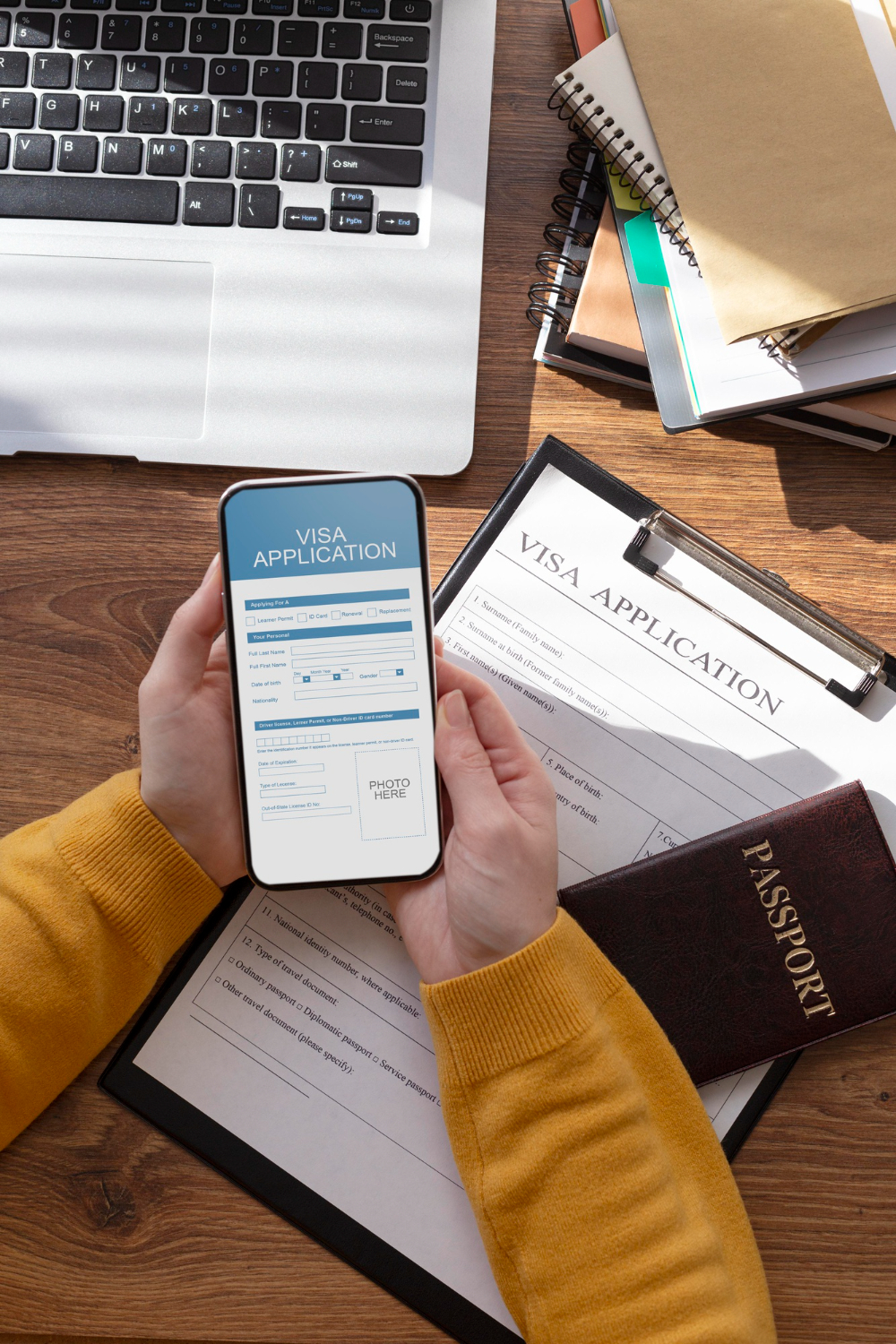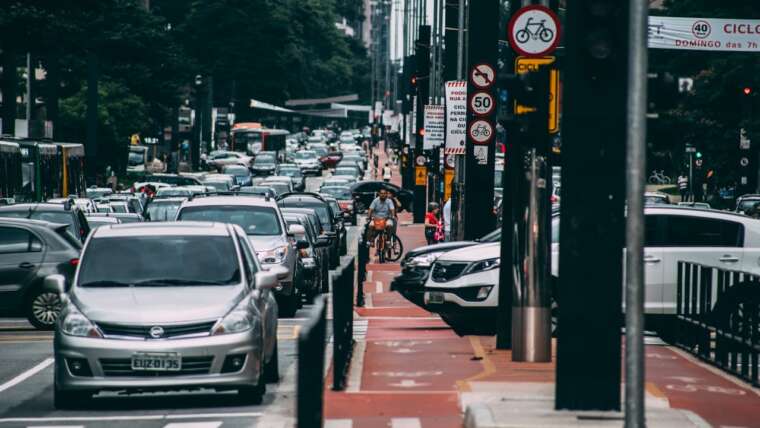
Applying for a protection visa can be a complex process, but understanding the essential elements can make it more manageable. This type of visa is vital for individuals seeking safety from persecution or serious harm in their home country. This article provides useful tips and outlines crucial evidence that may support a decision-ready application.
Table of Contents
- 0.1 Understanding the protection visa
- 0.2 Eligibility criteria
- 0.3 Necessary Documentation
- 0.4 Personal Statement
- 0.5 Identity Documentation
- 0.6 Supporting Evidence
- 0.7 Country information
- 0.8 Seeking Legal Assistance
- 0.9 Preparing for the Interview
- 0.10 Practice Interviews
- 0.11 Understanding the Process
- 0.12 Responding to Questions
- 0.13 Creating a Support Network
- 0.14 Staying Informed
- 1 Patience
- 2 Conclusion
Understanding the protection visa
A protection visa allows eligible individuals to remain in Australia if they face serious harm or persecution in their home country. Understanding who may be eligible for a protection visa and what documents may be relevant when submitting an application is crucial.
Eligibility criteria
In order to apply for a visa, it is important to demonstrate that they may face serious harm or persecution if returned to their home country. In other words, it is necessary to present credible evidence that the risks in a particular claim are real. Each application is assessed individually based on the applicant’s personal circumstances and current country conditions.
Necessary Documentation
Evidence plays a key role in applying for and providing a visa claim. Therefore, it is very important to gather documentation relevant to the applicant’s protection claims and circumstances.
Personal Statement
The substantive fact is that the personal statement is one of the most important components of the visa application. It is crucial to have a detailed statement claiming important events and experiences related to the application. Relevance and consistency are central to a strong visa application. In addition, providing an honest and consistent personal account is critical to supporting your claim.
Identity Documentation
Identity documentation is a critical component of the visa application process. It helps establish the applicant’s identity in accordance with immigration requirements. Documents such as passports, birth certificates, and official identification records are commonly required to support the application.
Supporting Evidence
Supporting evidence that helps support visa claims may include police reports, medical records, or official correspondence supporting claims of harm or risk. The latter must be authentic, valid, and reliable to be considered an evidence document.
Country information
Information on the country of origin always significantly impacts any visa application. Evidence may require documentation depicting the situation in the applicant’s home country and demonstrating that returning would expose them to risk.
Seeking Legal Assistance
While legal advice is not mandatory, it can be beneficial. Immigration lawyers have a thorough understanding of migration law and can assist in preparing accurate applications while providing guidance throughout the process.
Preparing for the Interview
The interview is a key component of the application process. The candidate should be ready to discuss their situation. Applicants are encouraged to provide clear, truthful responses aligned with the documents submitted.
Practice Interviews
Another valuable piece of advice is to prepare a mock interview. This will help the applicant formulate answers properly and avoid being caught off guard during the official procedure.
Understanding the Process
Since the interview can be a high-pressure situation, it is helpful to review common questions beforehand. For this reason, one can look up frequently asked questions.
Responding to Questions
Honesty and clarity are essential when answering interview questions. Keep responses focused and relevant. If a question requires more context, offer a brief but informative explanation. Avoid rambling or overexplaining, as concise answers may assist in demonstrating the consistency and credibility of their account.
Creating a Support Network
It is helpful to connect with individuals who share similar experiences or goals. These may include friends, family members, or community support groups who can offer encouragement, practical advice, and emotional support throughout the visa process.
Staying Informed
It is important to constantly monitor changes in Australia’s immigration policy. Applicants must ensure that their applications satisfy the required criteria.
Patience
Last but not least, one should be ready to have patience. Sometimes, the decision to assess and finalise a protection visa application takes many weeks or even months. In any case, the most important piece of advice is to be patient and determined.
Conclusion
Applying for a protection visa requires careful preparation and thorough documentation. By understanding the criteria, gathering essential evidence, and preparing for the interview, applicants can support a complete and compliant application. With patience and determination, this process may support applicants seeking lawful protection in Australia.


